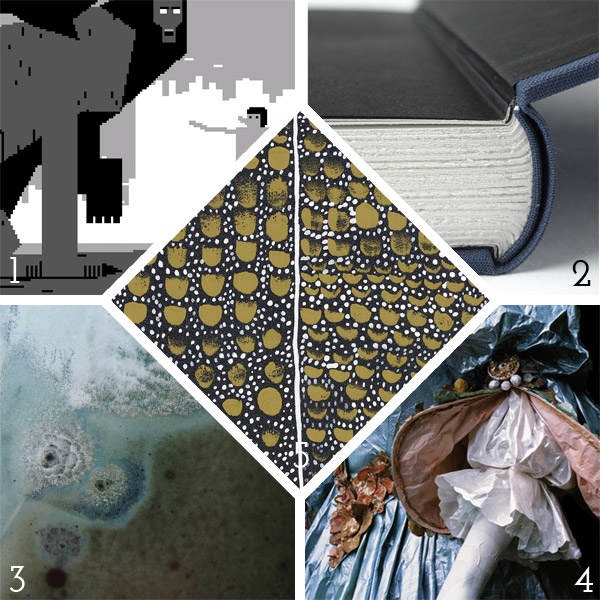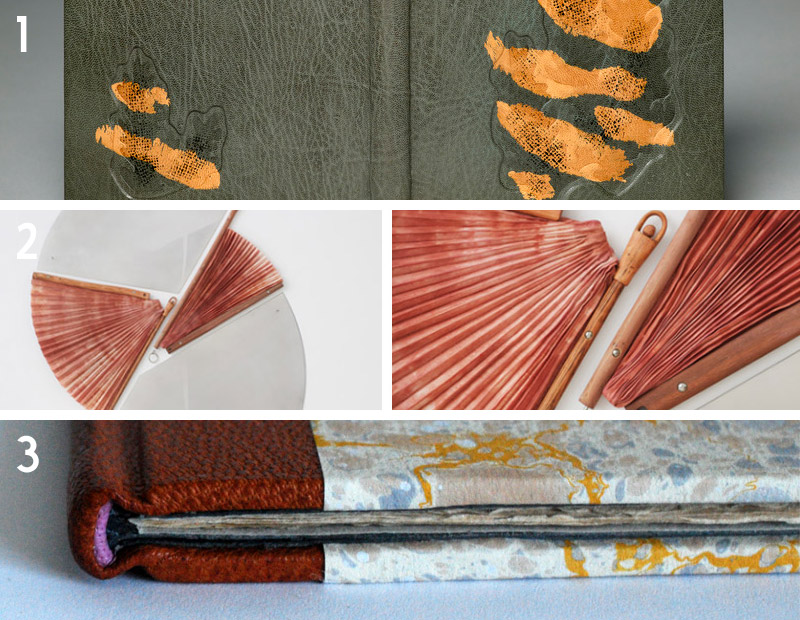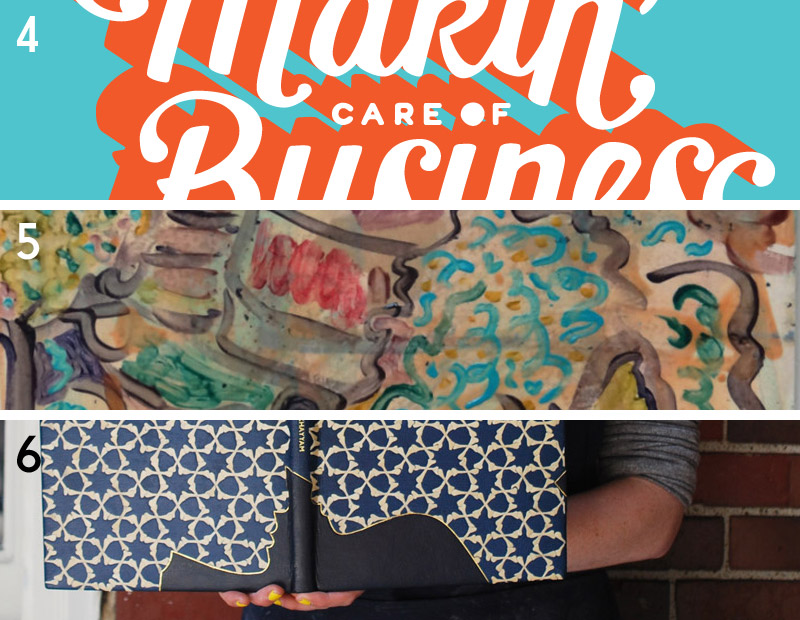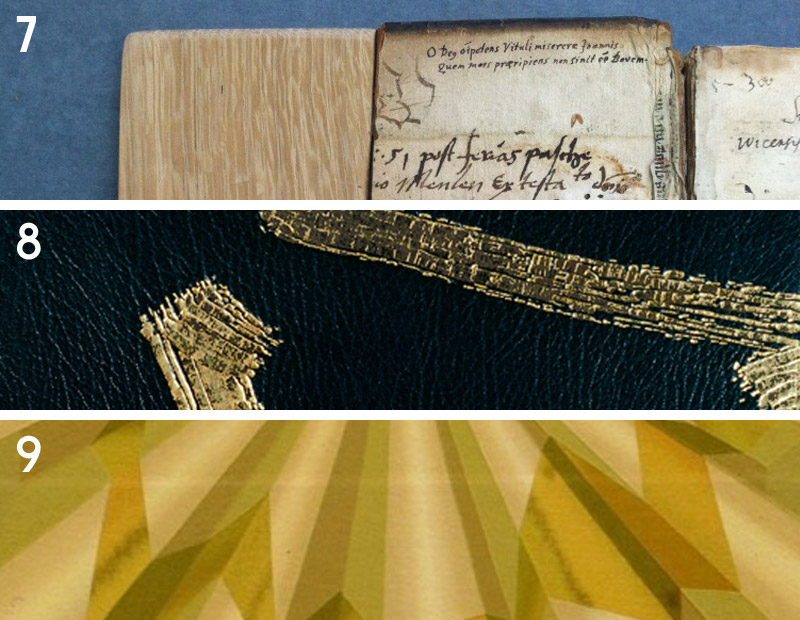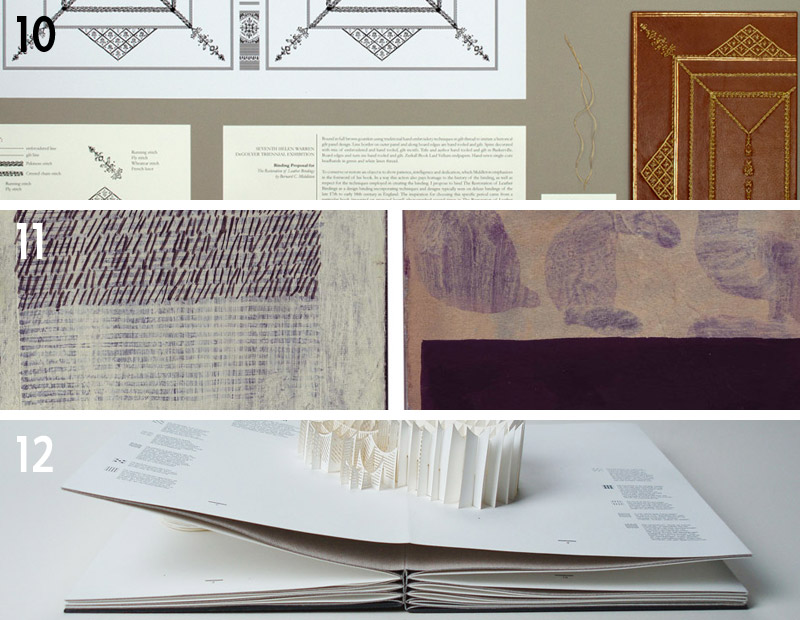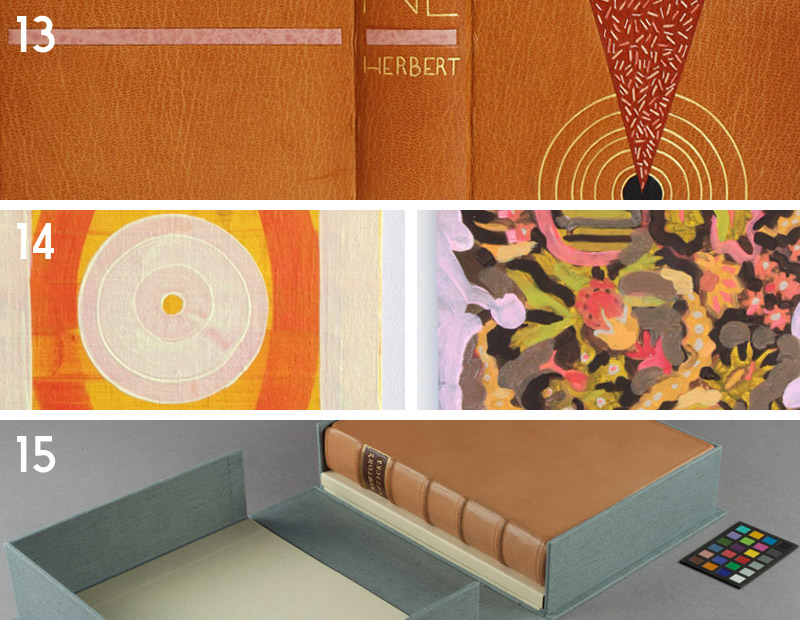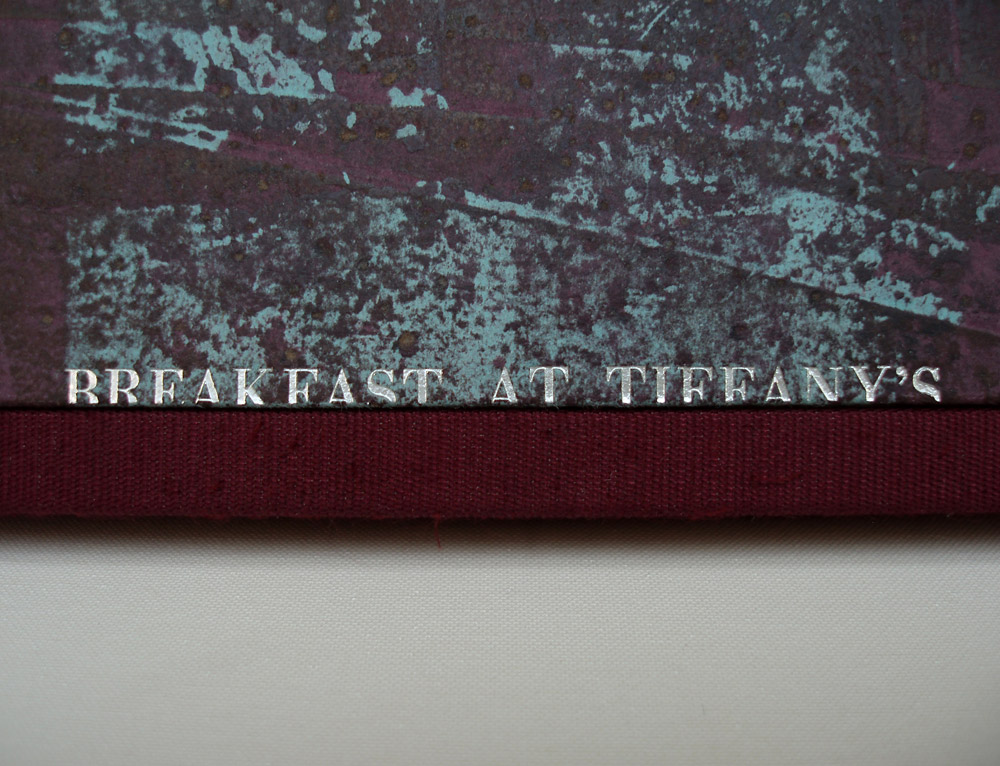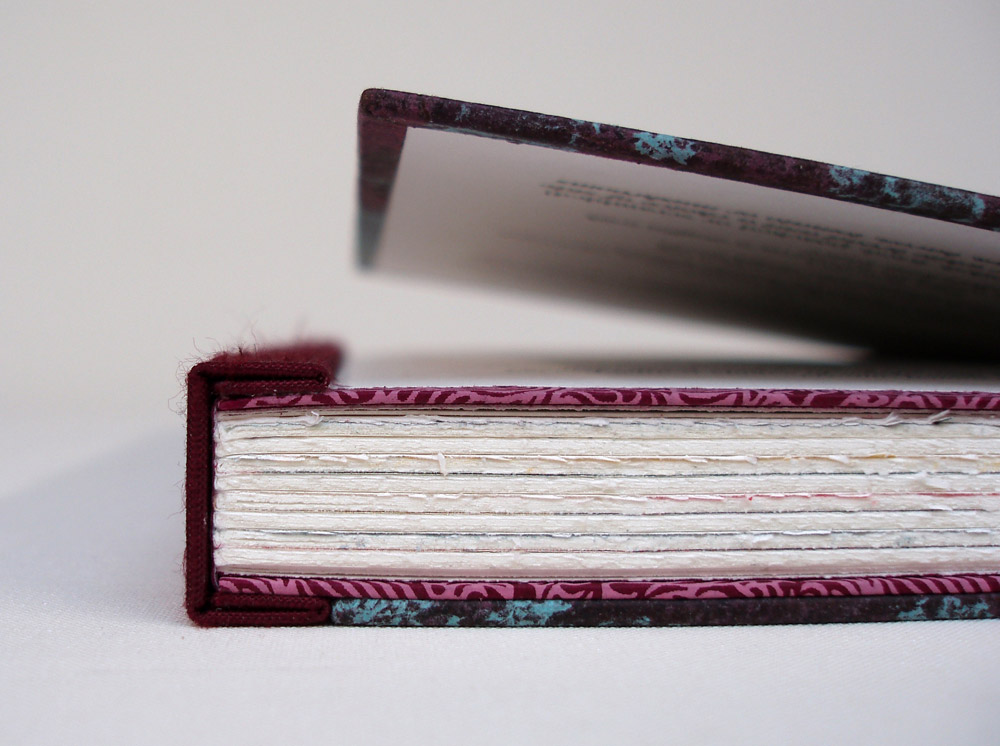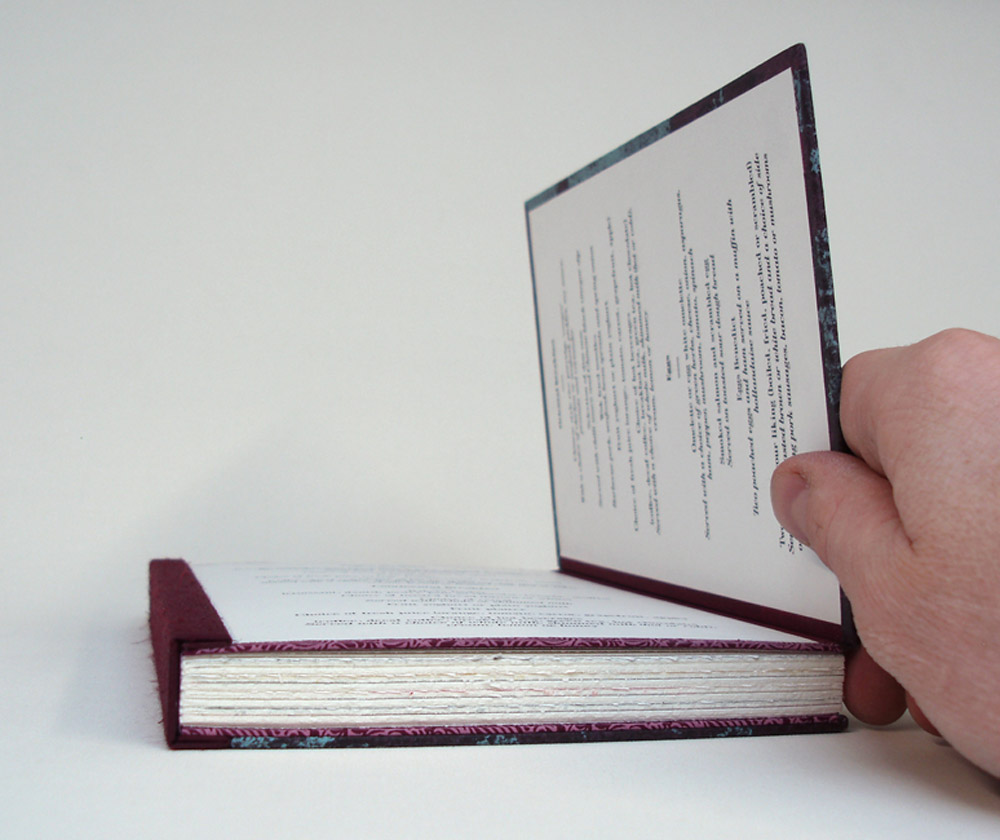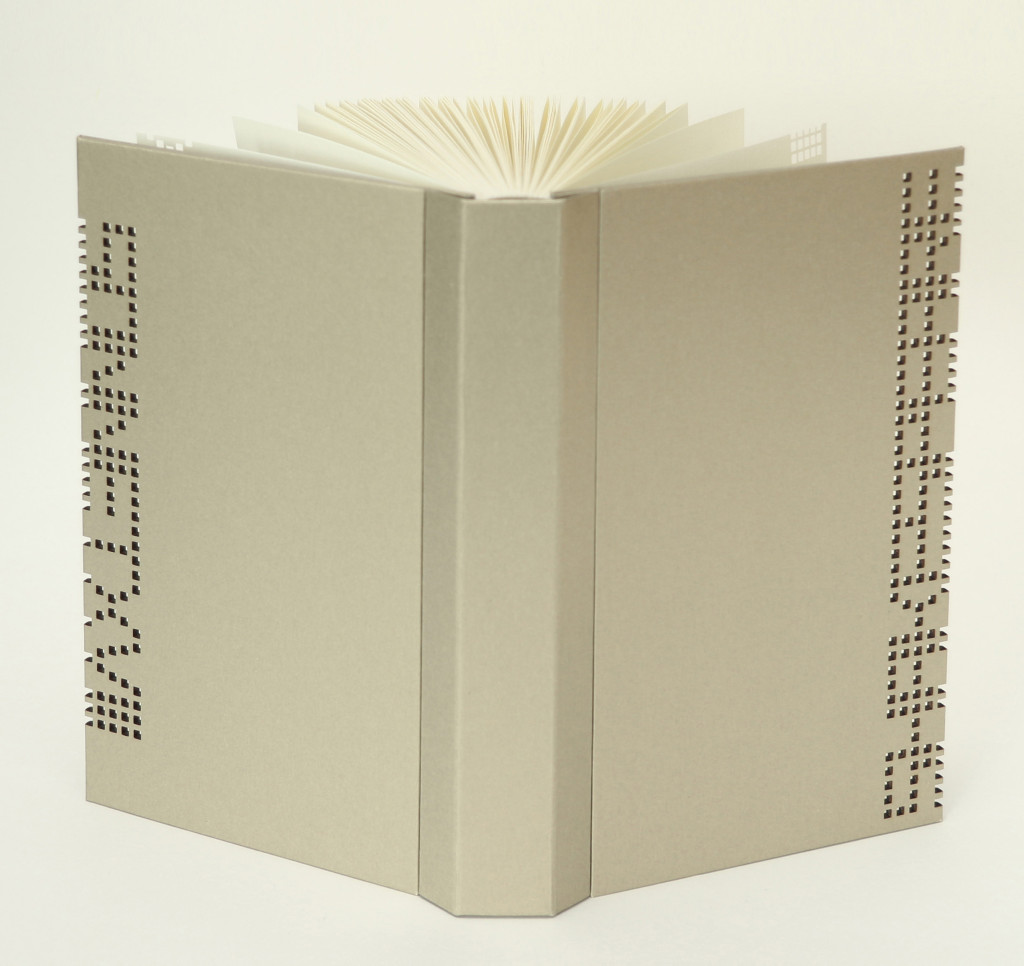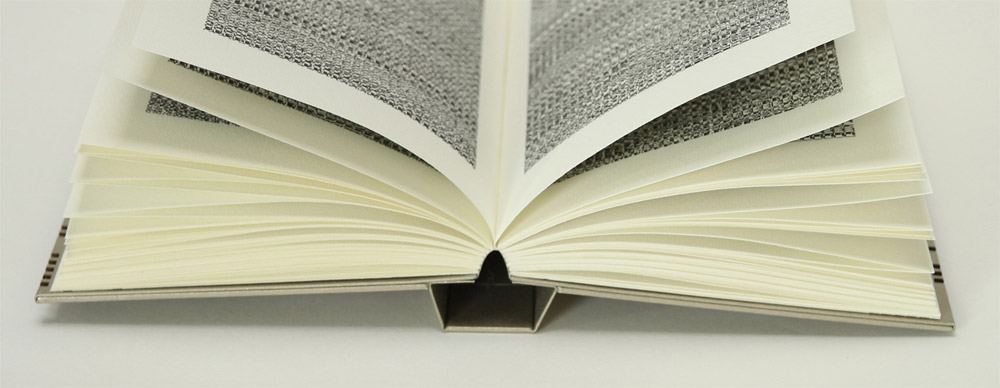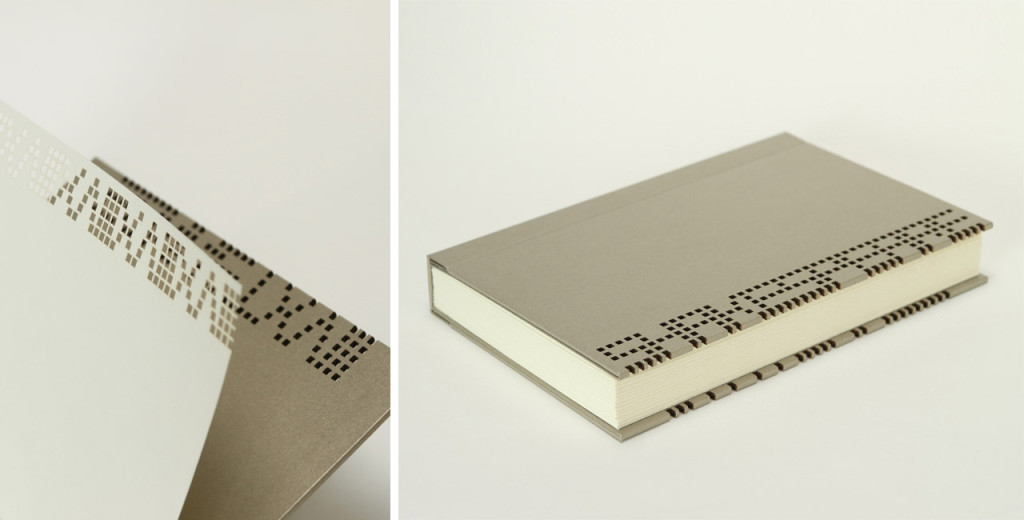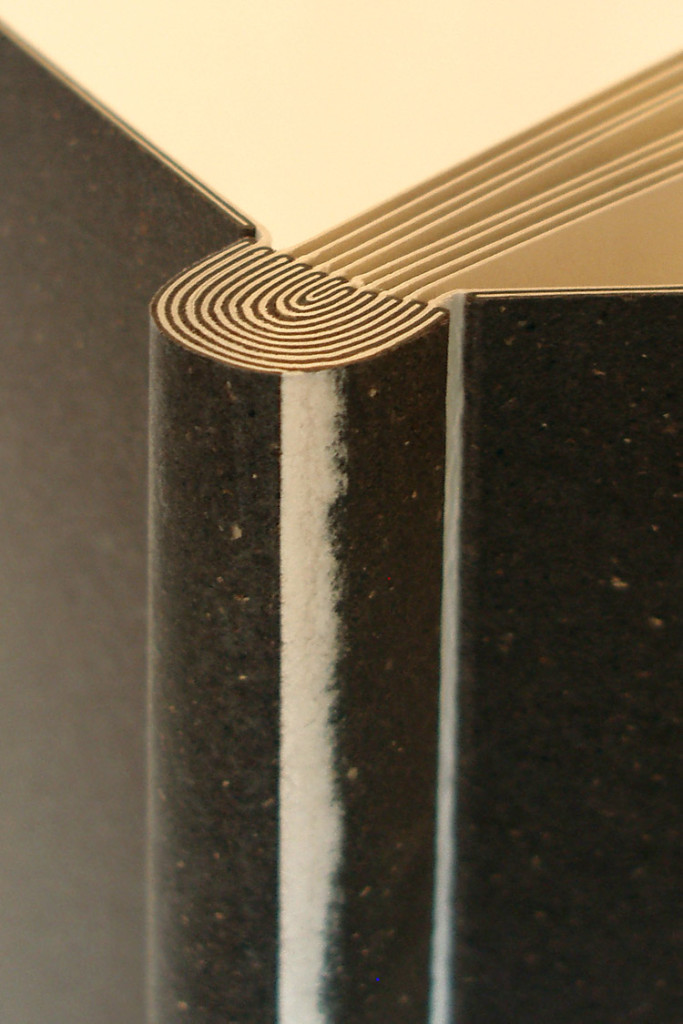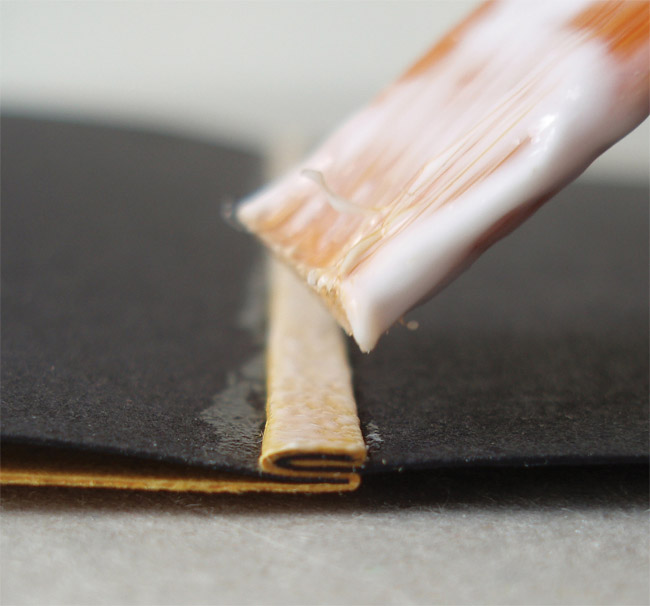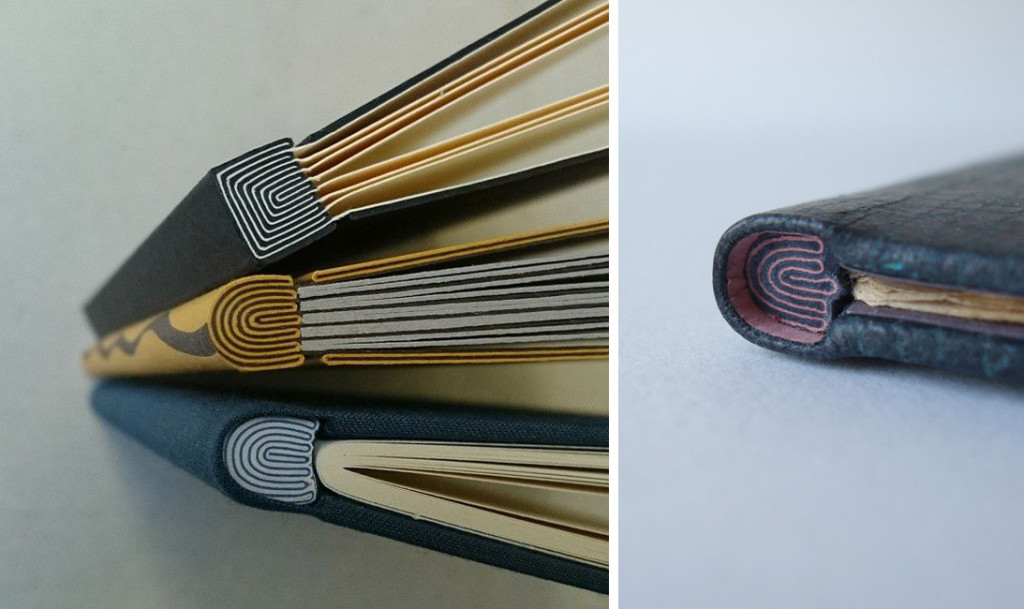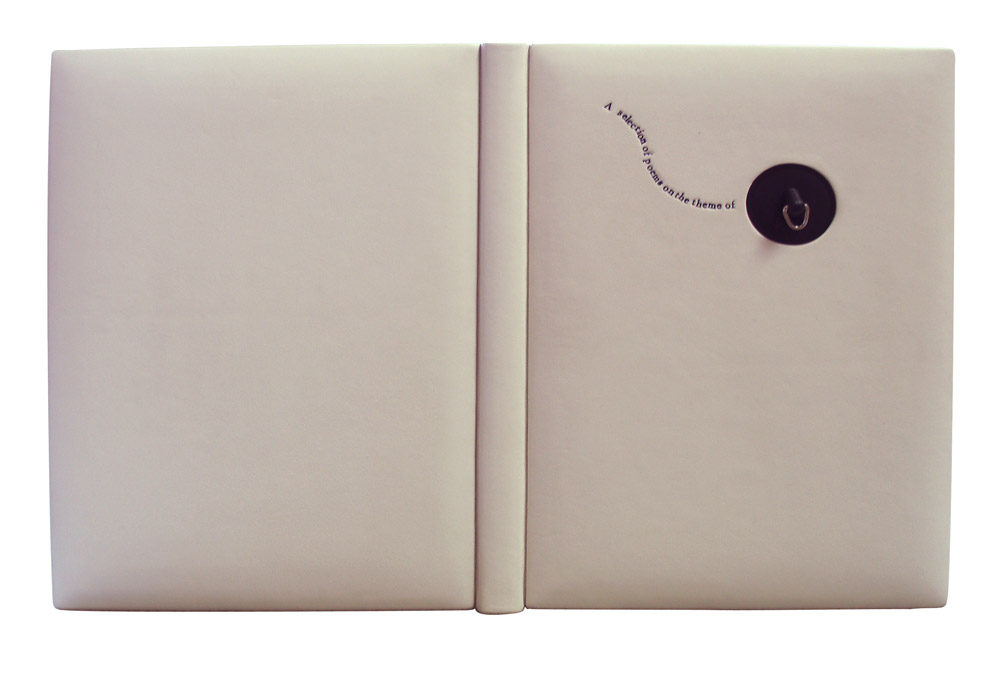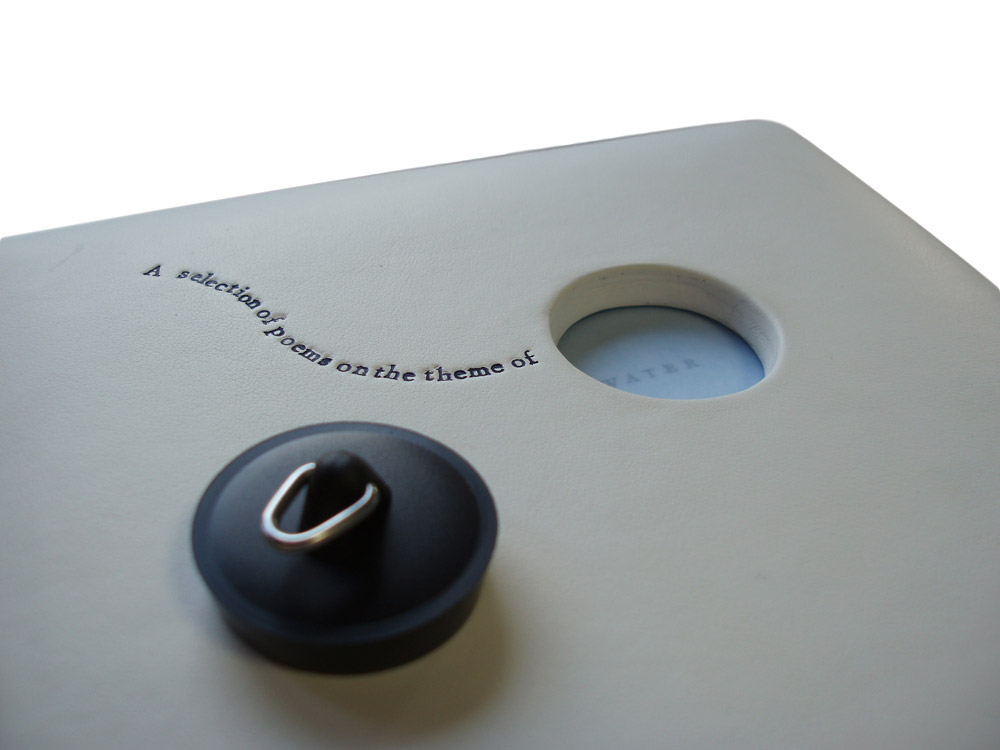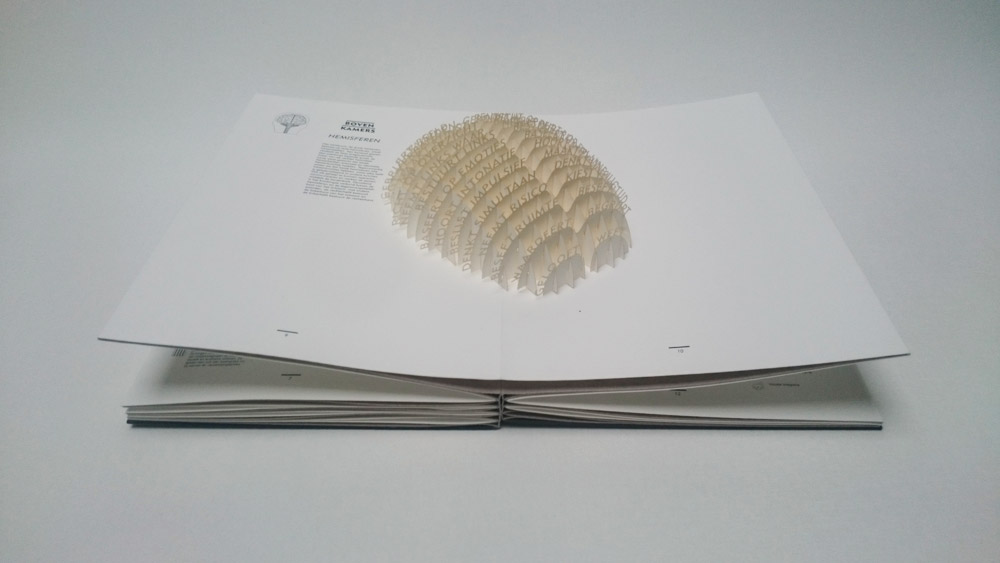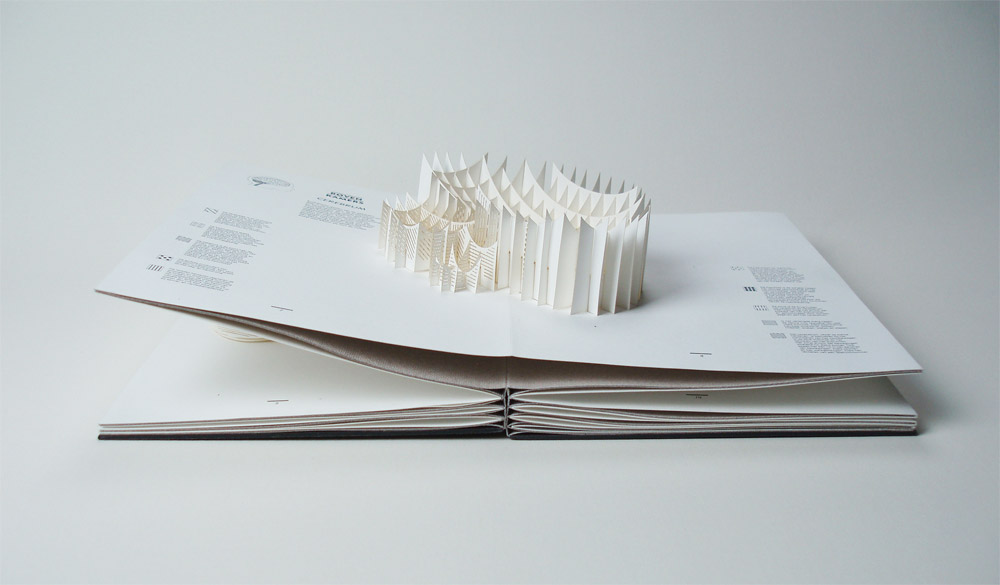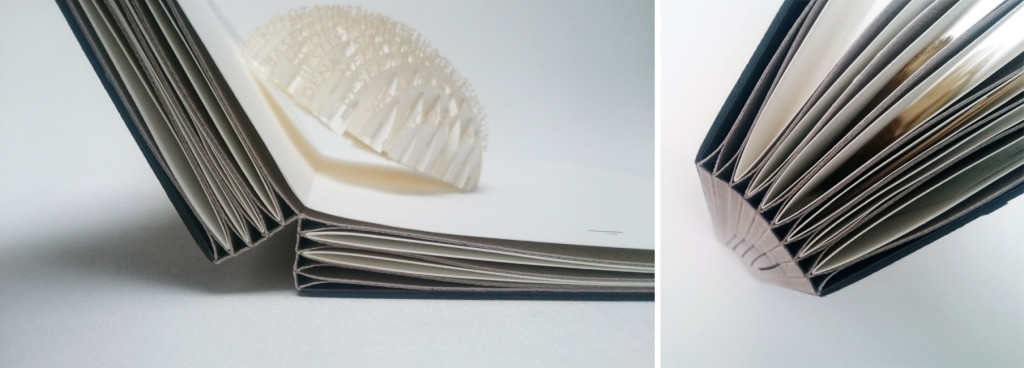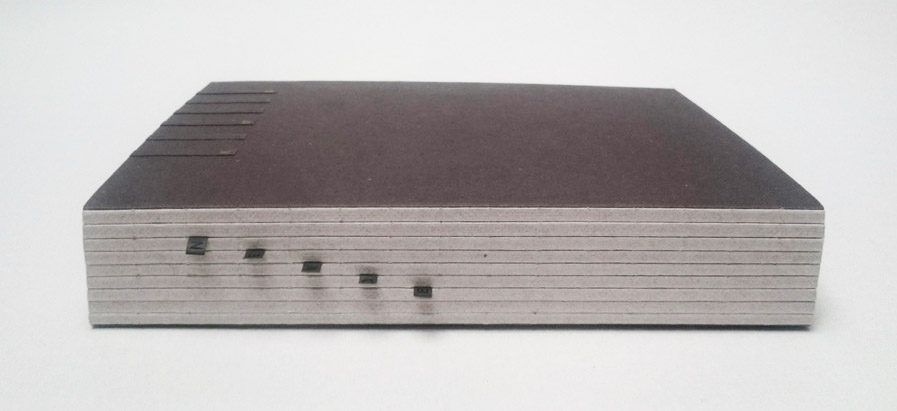1. I don’t know much about the origins of this website, only that it is incredibly addictive. Choose from seven 8-bit images (or play around with all of them) that are automatically resized by the movement of your mouse. As the picture is reduced in scale, it alters the original image. The one pictured above is The Sphinx resizeable.
2. Ben Elbel recently wrote an article summarizing a recent experiment he conducted on English case bindings. Ben specifically wanted to reduced the pull on the endpaper and text block when opening the cover. It’s a really interesting read and he documented his efforts very well.
3. Discovering a mold-ridden box of photographic glass plates could induce anxiety and dread to any conservator or archivist. Yet art historian Luce Lebart spun this potential nightmare into a published collection of mesmerizing imagery in the book Mold is Beautiful.
4. The construction of garments from the Victorian era to contemporary Haute Couture can be complex and almost mystifying. Isabella de Borchgrave replicates these complicated pieces out of paper. Her ability to give paper the appearance and movement of fabric is incredible. Some garments are displayed on mannequins, while others are worn by models. The paper garments can not only function like proper textiles garments, but they can be folded up and stored in the same way as clothes.
5. Stephanie Clark has a talent for manipulating paint on the canvas, creating such beautiful textures and composition. Another great artist who could inspire a future design on a binding.
6. Richard Keeling‘s Shadow Shapes series is geometric paradise. I love the play of color and shapes, some are layered with a multitude of color while others employ a simpler palette. And as the title indicates, an angular shadow is cast, adding dimension to these seemingly flat prints.
7. German sculptor, Angela Glajcar, has an amazing portfolio of large-scale paper installations. Angela masterfully twists, drapes and manipulates layers of paper to create flowing landscapes and captivating tunnels.
8. It’s as if two worlds collided with one another in Furniturish, a series of sculpture pieces by Tom Shields. Crafted and modeled after traditional styles, Tom seemingly builds one piece inside of another and sometimes builds several pieces around each other. The work is mind-boggling and beautiful.
9. I love these illustrations from French painter Léa Maupetit. So whimsical and amusing.
10. Five heart-shaped boxes dating to the 16th and 17th centuries were discovered in France. These boxes were in fact shrines containing actual hearts representing the long memorial tradition of heart burial. This find was exciting for many different communities, such as researchers at the Molecular Anthropology and Synthesis Imaging and the Institute of Metabolic and Cardiovascular Diseases. These hearts gave researchers a rare opportunity to examine organic matter from 400 years ago.
